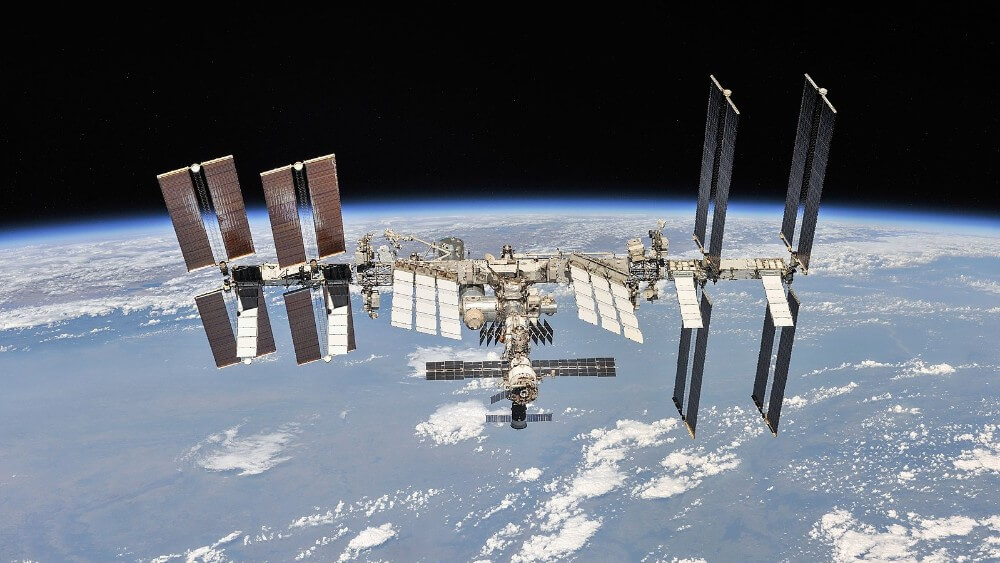An antenna on the International Space Station (ISS) is transmitting data that could help protect wild animals.
The International Cooperation for Animal Research Using Space (ICARUS), a German-Russian observation system for animal migration, involves hundreds of tiny transmitters attached to animals, including elephants and bats.
An ISS antenna, installed by astronauts back in 2018, is collating the data from the animals before it is then beamed back down to scientists in Moscow. The system is currently in a test phase, but the data could be available for the use of researchers from this fall.
“The sensors allow animals to be our eyes and ears and noses in the world, and we are linking it all together,” Martin Wikelski, the Max Planck Institute for Ornithology’s director of migration research, told Inside Science.
‘All You Have to Do Is Listen’
The data will allow scientists to track animals’ changing migration patterns and work out new and improved conservation methods. Science journalist Alex Fox wrote for Smithsonian Magazine: “Climate change is changing migratory routes, the timing of seasons, and altering habitats in ways that have sent animals to unexpected places.”
It could also help animals that are threatened by poaching. The way animals move can signal that they are in danger. If giraffes in South Africa’s Kruger National Park started to act in a certain way, rangers could then receive an alert warning them of a potential poacher nearby.
ICARUS could also help to track diseases and potentially alert humans of incoming environmental disasters.
Wikelski added: “The problem was always how to read animals’ signals. In the digital era, this isn’t a problem anymore. All you have to do is listen.”
According to ICARUS scientists, the transmitters—which weigh just five grams—do not impede the animals in any way, as they are no more than five percent of their body weight.
“There is still a residual risk of course,” a statement on the ICARUS website reads. “The ICARUS scientists are therefore only conducting those projects the expected beneficial effect of which far outweighs the potential consequences for the animals.”
In order to tag smaller animals, scientists are working on creating even smaller transmitters that weigh just one gram.


